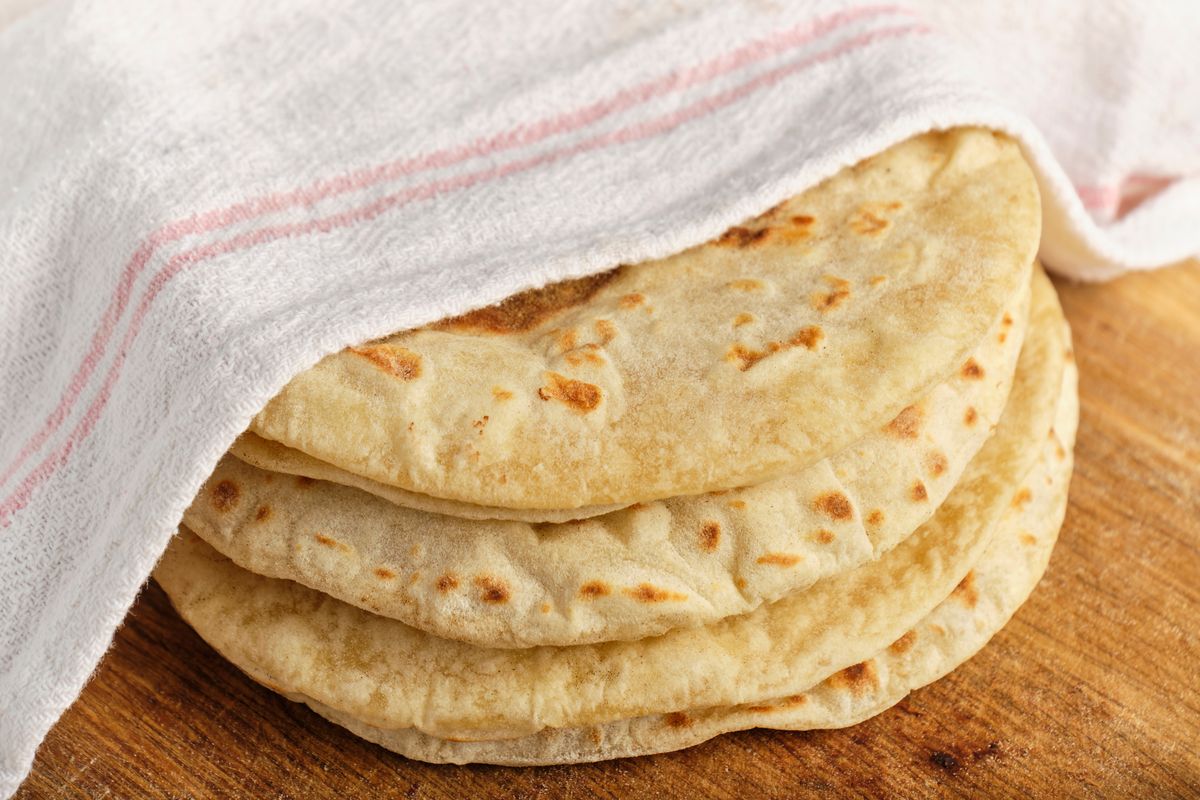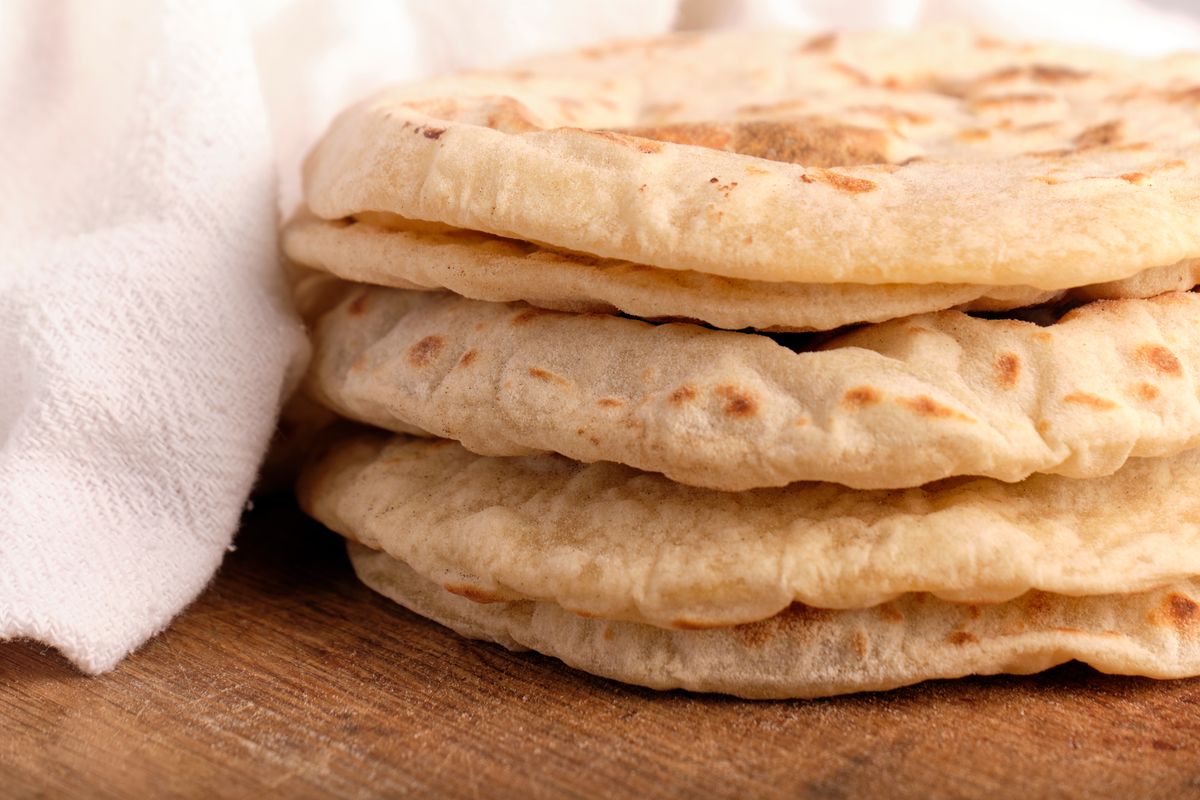Recipes
Sardinian esplanade


Let's find out how to prepare homemade Sardinian esplanata with the original Sardinian recipe based on semolina, sourdough, water and salt.
The Sardinian spienata is a typical bread of the island, traditionally prepared for weddings and whose surface was decorated with a wooden stamp ( sa pintadera ). In recent times, this bread has been rediscovered due to its versatility which has led it to be defined as a sort of Sardinian piadina.
The inhabitants of the island will forgive us if we had to resort to this comparison to explain to most people the form and uses of this delight. The Sardinian spienata, typical of Ozieri (Sassari) but widespread throughout Sardinia, is a round-shaped bread with a diameter of 15-20 cm and 1 cm thick. It is prepared with the same dough as carasau bread but unlike this it is much softer.

How to prepare the Sardinian esplanade recipe
- Mix the sourdough already refreshed from the day before with 100 ml of water and 100 g of flour both taken from the total and leave to rise for 3 hours .
- Then add the flour and the water in which you dissolved the salt and knead until you obtain a smooth and homogeneous dough. Don't worry if it turns out to be quite stubborn, it's completely normal. Let it rise covered for an hour .
- Then divide the dough into 8 balls and let them rise between two linen sheets which will help the dough reach the right temperature.
- After 3 hours, roll out the balls one by one, using a rolling pin, until they reach 1/2 cm thick . Let them rest for half an hour .
- Cook the bread at 250°C until it swells like a balloon. Wait 30 seconds and turn it over, continuing cooking for another 2-3 minutes. In total it will take less than 10 minutes to reach the right degree of doneness.
- Then prepare a solution with water and a pinch of salt , wet your hands and pass them over the external surface of the bread. This step is called bridadura and serves to make it more shiny. Put it back in the oven for about 1 minute.
Also known as modde bread or modde coccone in Barbagia, it is eaten in combination with cured meats and cheeses (casu and sartizzu as they say locally).
Sardinian esplanade without sourdough
Not everyone is lucky enough (and patient) to have sourdough. This recipe can also be prepared with fresh brewer's yeast ( 15 grams will be enough) but the result will not be exactly as tradition dictates.
In this case, dissolve it in water ( 250 grams will be needed to obtain the 50% hydration required by the recipe), then add the flour and salt and knead, leaving it to rise for 3 hours . Form 8 balls and let them rise between two linen towels for 1 hour . Roll them out with a rolling pin and after a further 30 minutes of rest, proceed with cooking as per the recipe.
storage
The esplanade will keep for up to a week in an airtight bag.
Origin of the Sardinian esplanade
This typical Sardinian bread has its origins far back in time. The first written traces date back to 1774 when Francesco Cetti spoke of a wheat bread in the shape of a very thin focaccia. Later, at the beginning of the 19th century, the archaeologist and scholar of Sardinian culture Giovanni Spano spoke of ispianadas always in reference to a round and thin bread.
In fact, the Sardinian esplanade comes from the carasau bread, which we said shares the dough. Unlike this, however, it was rolled out more often and cooked at lower temperatures . In fact, it seems that it was baked just once the carasau had finished cooking, without adding any more wood.
Riproduzione riservata © - WT












